Hydraulic seals are an integral component of most hydraulic systems. Usually made of a soft, flexible elastomer that provides exceptional water and air sealing capabilities, hydraulic seals are ring-shaped and primarily designed to eliminate or limit the leakage of fluid moving within a hydraulic or pneumatic system. Hydraulic seals also play important roles in excluding contaminants from and appropriately pressurizing the overall hydraulic system. Read More…
We manufacturer high quality hydraulic seals that are ideal for a wide range of industries. Here at Global O-Ring and Seal, LLC we are a trustworthy manufacturer who is known for our ability to adhere to all of your special requests. These seals come in a number of different materials including Buna, Viton, Silicone, Teflon, Aflas and more. Please give us a call today to learn more!

Kent Rubber Supply has been a trusted supplier of hydraulic seals since 1946. Focusing in exceeding customer service, we leverage the best equipment and the most knowledge staff to ensure we meet our customers unique needs. With our trusted experts, we determine the best rubber, foam, sponge or PVC material for your specific need. We continue serving customers both offshore and domestic.

At American Rubber Corporation, we specialize in designing and manufacturing high-performance hydraulic seals that deliver reliability and precision in demanding industrial applications. We take pride in engineering seals that maintain fluid integrity under extreme pressure, temperature, and motion, ensuring optimal performance and extended service life for hydraulic systems.

Our list of inventory has grown since our founding over 20 years ago. We started small, but now offer an extensive product list of hydraulic seals, o rings, and other rubber products.
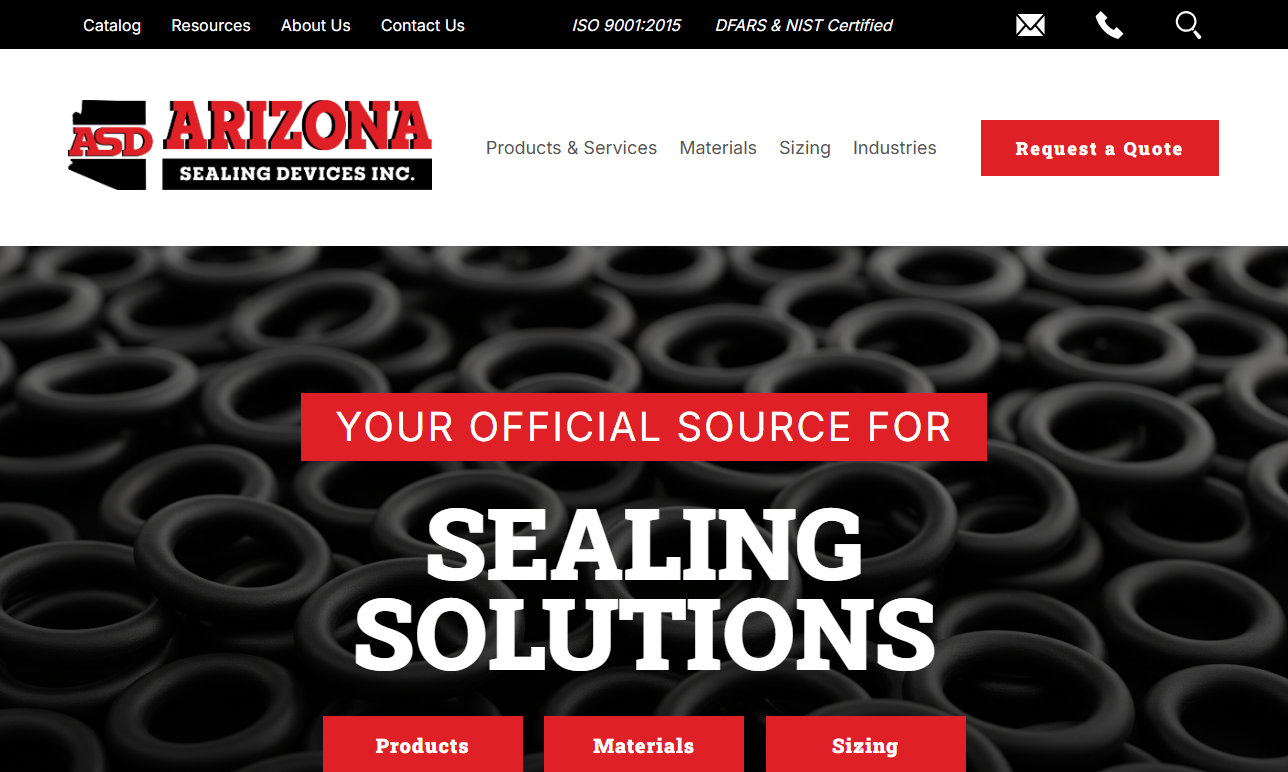
More Hydraulic Seal Manufacturers
Production
Hydraulic seals are specialized components engineered to prevent fluid leakage and maintain proper pressure within hydraulic systems. These critical sealing elements are most often crafted from elastomers and high-performance polymers, both natural and synthetic, prized for their flexibility, resilience, and sealing integrity. The most common materials used for manufacturing hydraulic seals include advanced rubbers and engineering plastics such as PTFE (commonly known as Teflon), polyurethane, nitrile (NBR), butadiene, butyl rubber, and silicone. These materials are chosen for their superior resistance to hydraulic fluids, wear, and extreme operating temperatures—key requirements for effective hydraulic seal performance in demanding applications.
Production methods for hydraulic seals vary by material. Most elastomeric seals are produced through precision extrusion, followed by cutting and finishing processes to achieve exact dimensions and surface smoothness. Teflon and other thermoplastics, prized for their low friction properties and chemical resistance, are typically fabricated using sintering techniques, where powdered material is compacted and heated in an oven to achieve a dense, uniform structure. This ensures reliable sealing in high-pressure and high-temperature hydraulic systems.
In addition to polymers, some hydraulic seals incorporate non-elastic materials such as felt and leather, particularly in legacy equipment or specific industrial contexts. For more demanding environments, certain hydraulic seals—such as bonded seals or metal-cased seals—integrate metallic components like brass, bronze, aluminum, carbon steel, or stainless steel. These metals may be plated or galvanized to enhance corrosion resistance, oxidation durability, and sealing longevity. The rubber-to-metal bonding process creates a robust chemical adhesion, ensuring seal integrity even under fluctuating hydraulic pressures and mechanical stresses.
Major Types and Operations
Hydraulic seals are foundational to the function and reliability of hydraulic cylinders—the core components of hydraulic machinery. Hydraulic cylinders convert pressurized hydraulic fluid (such as oil or water-based fluids) into mechanical energy, creating the force and motion required for a wide range of industrial operations. Common applications for hydraulic cylinders include construction equipment (e.g., excavators, loaders), agricultural machinery, forestry vehicles, automotive systems, heavy manufacturing equipment, and even aerospace actuators.
Hydraulic seals are strategically positioned within hydraulic cylinders: at the cylinder head, along the rod shaft, or inside the piston assembly. Their primary role is to prevent hydraulic fluid from leaking between moving and stationary parts—such as between the rod and head, to the outside environment, or across the piston itself. This containment of pressurized fluid is crucial for maintaining system performance, operational efficiency, and environmental safety.
Hydraulic seals fall into two main categories based on their operational dynamics: static seals and dynamic seals.
Static seals function as gaskets, filling the gap between stationary, mating surfaces within the hydraulic system. Commonly installed in grooves or confined spaces, static seals are compressed by the force of tightened bolts or assembly pressure. Their main purpose is to maintain a leak-proof barrier between immobile parts. Static seals come in two primary types: axial static seals, which are compressed vertically between the top and bottom surfaces, and radial static seals, compressed horizontally between the inner and outer diameters. Effective static sealing is vital for the containment of hydraulic fluids in manifold joints, flanges, and end caps.
Dynamic seals—also known as shaft seals or moving seals—are engineered to seal the interface between components in relative motion. These seals are designed to accommodate reciprocating, oscillating, or rotary motion, ensuring continuous sealing performance even as parts move under pressure. For example:
- Reciprocating dynamic seals operate within glands, moving linearly along the axis between the inner and outer components. These are commonly used in linear actuators, hydraulic cylinder rods, and piston systems in internal combustion engines.
- Oscillating seals are used for shafts that rotate back and forth within a limited range. Due to frequent directional changes, these seals are made of durable, wear-resistant, and often self-lubricating materials to extend operational life.
- Rotary seals are specialized for applications involving continuous or partial rotation, such as in pumps, rotary actuators, and rotating shafts. They provide critical protection against fluid leakage and contamination during rotational motion.
Main Types of Hydraulic Seals
The selection of hydraulic seals is driven by their position within the cylinder and the specific function they serve. Understanding the major types of seals can help buyers, engineers, and maintenance professionals make informed decisions when specifying sealing solutions for hydraulic applications.
- Piston seals: These seals are located within the piston assembly and are designed to prevent hydraulic fluid from bypassing the piston as it moves within the cylinder bore. The majority of piston seals are single-acting, sealing pressure on one side to ensure smooth, efficient movement and energy conversion. Double-acting piston seals, meanwhile, seal both sides, facilitating movement in both directions. Piston seals are essential for maintaining system efficiency and preventing cross-contamination of hydraulic fluids. Depending on the application, piston seals may be made from polyurethane, PTFE, or high-grade rubber compounds for optimal wear resistance and compatibility with hydraulic oils.
- Rod seals: Positioned between the piston rod and the cylinder head, rod seals play a critical role in preventing hydraulic fluid from escaping the cylinder. These seals are typically single-acting but may be paired with secondary rod seals or buffer seals for enhanced performance and leak protection. Rod seals are also instrumental in managing lubrication between the rod, wiper seal, and rod seal, reducing friction and extending service life. In dynamic environments, the material choice for rod seals is crucial—polyurethane and nitrile are popular choices for their abrasion and extrusion resistance.
- Rod wipers (wiper seals or scrapers): These seals protect the internal cylinder environment by scraping away dirt, dust, moisture, and other contaminants from the piston rod as it retracts. By preventing foreign particles from entering the cylinder, rod wipers help maintain seal integrity and prevent premature wear or system failure.
- Buffer seals: Installed ahead of the rod seal, buffer seals absorb pressure spikes and protect the rod seal from excessive internal pressure and fluid surges. They also act as a barrier against contaminants like metal chips and debris, providing an additional layer of protection for critical sealing surfaces.
- Guide rings (wear rings): Rather than sealing fluid, guide rings serve to center and support the piston and rod, preventing metal-to-metal contact inside the cylinder. This reduces wear, maintains alignment, and helps extend the lifespan of both seals and cylinder components.
- O-rings: O-rings are versatile, donut-shaped seals used in both static and dynamic applications. Available in a wide range of materials—such as nitrile, silicone, EPDM, and fluorocarbon—O-rings provide reliable sealing under diverse pressure and temperature conditions. Their simple design, cost-effectiveness, and ease of installation make them the most widely used hydraulic seals in both OEM and maintenance operations. O-rings are used in pumps, valves, flanges, and a variety of hydraulic connections.
- Oil seals: Sometimes called rotary shaft seals or metric oil seals, these components are engineered for high-speed rotary applications and are formulated from robust materials like polyacrylate, PTFE, and fluoroelastomers. Oil seals prevent fluid leakage while retaining lubricants in rotating shafts, such as those found in pumps, gearboxes, and motors.
- Bonded seals (Dowty seals): Metallic washers with a vulcanized rubber insert, bonded seals combine the strength of metal with the elasticity of rubber. They are used to seal bolt heads or threaded inserts, particularly in high-pressure hydraulic systems where reliable static sealing is indispensable.
- X rings (quad rings or square rings): An advanced alternative to O-rings, X rings feature a four-lobed design that reduces friction, minimizes rolling, and improves sealing efficiency. X rings provide superior leak protection in both static and dynamic applications, making them ideal for high-performance hydraulic equipment.
Looking to compare types of hydraulic seals for your specific application? Ask: “What type of seal is best for high-pressure hydraulic cylinders?” or “Which seal material offers the best resistance to hydraulic fluid and abrasion?”
Applications
Hydraulic seals are integral to the safe and efficient operation of hydraulic machinery and systems across virtually every industrial sector. Their ability to retain pressurized fluid, prevent contamination, and maintain mechanical integrity makes them indispensable in:
- Aerospace: Precision hydraulic seals are used in landing gear, flight control actuators, and braking systems, where reliability is paramount and operating conditions are extreme. Silicone and fluorocarbon seals offer resistance to temperature extremes and aggressive fluids.
- Agriculture: Tractors, combines, and irrigation equipment rely on hydraulic seals for consistent performance in challenging environments. Durable polyurethane and nitrile seals withstand abrasive soils and fluctuating temperatures.
- Automotive: Hydraulic seals are found in brake systems, power steering units, suspension systems, and transmissions—ensuring responsive, leak-free operations.
- Chemical and process industries: Seals made from chemically resistant materials like PTFE and FKM are essential in pumps, valves, and actuators handling aggressive chemicals and solvents.
- Defense and military: Machinery for armored vehicles, artillery, and aircraft depend on seals that can withstand high pressures, shock loads, and extreme environments.
- Food and pharmaceutical: FDA-approved and hygienic seals prevent contamination in food processing and medical fluid-handling devices.
- Marine: Hydraulic seals are used in steering, winches, and lifting equipment exposed to saltwater, requiring corrosion-resistant materials and robust sealing technologies.
- Manufacturing and heavy industry: Presses, conveyors, mixers, and material handling equipment rely on hydraulic seals to maintain efficiency and uptime.
- Power generation: Nuclear and thermal plants utilize specialized seals for pumps, valves, and actuators operating under high pressure and temperature.
- Waste management and recycling: Hydraulic compactors, balers, and sorting machines depend on durable seals for reliable, leak-free operation.
Specialized seals are also developed for unique environments—such as EMI shielding gaskets in electronics manufacturing, or custom silicone strips for aerospace hydraulic components. If you are searching for a sealing solution for a non-standard application, consider asking: “Can custom hydraulic seals be engineered for my equipment?” or “What FDA compliant seals are available for food-grade hydraulic systems?”
Benefits of Using High-Quality Hydraulic Seals
- Enhanced equipment reliability: Quality seals reduce the risk of hydraulic failure, minimizing unplanned downtime and maintenance costs.
- Leak prevention: Effective sealing keeps hydraulic fluid contained, reducing environmental contamination and fluid loss.
- Extended component life: By preventing abrasion and contamination, seals protect expensive hydraulic components and extend service intervals.
- Energy efficiency: Reliable seals help maintain system pressure, leading to smoother operation and reduced energy consumption.
- Safety: Proper sealing prevents hazardous leaks, supporting safer operations in industrial environments.
Are you looking to increase hydraulic system uptime or reduce maintenance costs? Explore: “How do high-performance hydraulic seals reduce total cost of ownership?” or “What maintenance practices help extend seal life?”
Decision Factors for Selecting Hydraulic Seals
Selecting the right hydraulic seal is a critical process that involves balancing performance, compatibility, and cost. Key decision factors include:
- Operating pressure and temperature: Choose seals rated for the maximum pressure and temperature ranges your system will encounter. For high-pressure or high-temperature applications, materials like PTFE, Viton, or polyurethane are preferred.
- Chemical compatibility: Ensure the seal material can resist degradation from the specific hydraulic fluid or chemicals in your application. Consult chemical compatibility charts provided by manufacturers or ask, “Which seal material resists mineral oils, water-glycol, or phosphate ester fluids?”
- Speed of operation: Dynamic seals must withstand the speeds of reciprocating or rotating motion without excessive wear or heat buildup. High-speed applications benefit from low-friction materials and self-lubricating designs.
- System geometry: The available space and dimensions for seal installation (bore diameter, rod diameter, groove width) determine the seal profile and cross-section. Always verify with technical drawings or engineering support.
- Vacuum and pressure cycling: For systems subject to rapid pressure changes or vacuum conditions, select seals that can accommodate expansion, contraction, and pressure spikes without losing integrity.
- Contamination risk: Where dust, moisture, or debris are present, incorporate wiper seals or scrapers for added protection. Inquire, “What is the best seal design to prevent hydraulic contamination in harsh environments?”
- Regulatory requirements: For food, pharmaceutical, or medical applications, ensure seals meet relevant FDA, USP, or NSF standards.
To further ensure optimal seal selection, consult with experienced hydraulic seal suppliers who can provide custom material formulations, technical support, and comprehensive documentation. Ask, “Can you assist with custom seal design for my specification?” or “What testing and certification services are offered?”
Comparing Hydraulic Seal Suppliers and Manufacturers
When searching for a hydraulic seal manufacturer, it’s vital to prioritize experience, product range, and technical support. Leading hydraulic seal suppliers offer:
- Extensive product portfolios: A wide range of standard and custom hydraulic seals, including piston, rod, wiper, buffer, and rotary variants.
- Custom engineering: Design and prototyping services for specialized applications, with rapid turnaround and material testing.
- Material expertise: Access to advanced elastomers, thermoplastics, and metal-reinforced seals for high-demand sectors.
- Global certifications: Compliance with ISO, FDA, and industry-specific standards for quality assurance.
- Technical documentation and support: Detailed datasheets, installation guides, and troubleshooting resources.
- Fast delivery and logistics: In-stock items, expedited shipping, and inventory management services to minimize downtime.
Looking for the best hydraulic seal provider for your project? Try searching: “Top hydraulic seal manufacturers for heavy equipment,” “Custom hydraulic seal engineering services,” or “Where can I buy hydraulic seals near me?”
Considerations
Choosing the right hydraulic seal solution involves more than just ensuring a tight seal. Hydraulic seals play a vital role in system integrity, efficiency, and maintenance. To maximize the performance of your hydraulic system, consider these essential factors:
- Application environment: Assess the working conditions, including exposure to chemicals, temperature fluctuations, and potential contamination.
- Seal material properties: Evaluate the compatibility of seal materials with hydraulic fluids, pressures, and temperatures encountered in your system.
- Seal geometry and housing: Ensure the chosen seal fits the available space, accounting for the diameters of both inner and outer seals, housing bore, and shaft dimensions. Determine whether axial or radial cross-sections are appropriate for the application.
- Compression set and resilience: Assess how well the elastomer returns to its original shape after compression, as this impacts long-term sealing effectiveness under repeated hydraulic pressure cycles.
- Maintenance and serviceability: Choose seals that are easy to install, inspect, and replace, reducing maintenance time and costs.
- Criticality of application: Recognize which seals are mission-critical—such as rod and wiper seals, which maintain internal pressure and keep contaminants out. Prioritize frequent inspection and timely replacement for these components.
- Supplier support: Work with suppliers who offer technical advice, material certifications, and custom solutions tailored to your operating conditions.
Properly selected and maintained hydraulic seals lead to dependable, leak-free operation and increased equipment lifespan. For complex or high-value systems, always consult with a hydraulic seal expert or supplier to ensure the best fit for your application. Consider asking, “What are the most common causes of hydraulic seal failure?” or “How often should hydraulic seals be inspected and replaced?”
Frequently Asked Questions About Hydraulic Seals
- What is the difference between a static and a dynamic hydraulic seal?
Static seals are used between stationary components, while dynamic seals are designed for parts in relative motion, such as rods or pistons. - How do I select the correct hydraulic seal material?
Consider chemical compatibility, temperature range, pressure rating, and dynamic speed requirements. Consult material compatibility charts and manufacturer recommendations for your specific hydraulic fluid and conditions. - What are the signs of hydraulic seal failure?
Common signs include fluid leaks, loss of system pressure, excessive wear, contamination ingress, and reduced equipment performance. Regular inspection is essential for early detection. - Can hydraulic seals be custom manufactured for unique equipment?
Yes, many manufacturers offer custom seal design services, material selection, and rapid prototyping to meet specialized requirements. - How can I extend the life of my hydraulic seals?
Implement regular maintenance, use compatible hydraulic fluids, avoid contamination, and replace seals at recommended intervals. Proper installation and storage also help prevent premature failure.
Conclusion
Hydraulic seals are indispensable components in modern hydraulic systems, providing leak-proof operation, pressure retention, and contamination prevention. With a broad array of materials, designs, and applications, selecting the right seal is critical to ensuring efficiency, reliability, and safety in hydraulic equipment. Whether you are designing new systems, maintaining existing machinery, or upgrading for performance, understanding the types, materials, and best practices for hydraulic seals will empower you to make informed decisions and achieve optimal results.
Ready to find the ideal hydraulic seal for your needs? Explore our directory of leading hydraulic seal manufacturers or contact an industry expert for personalized guidance.


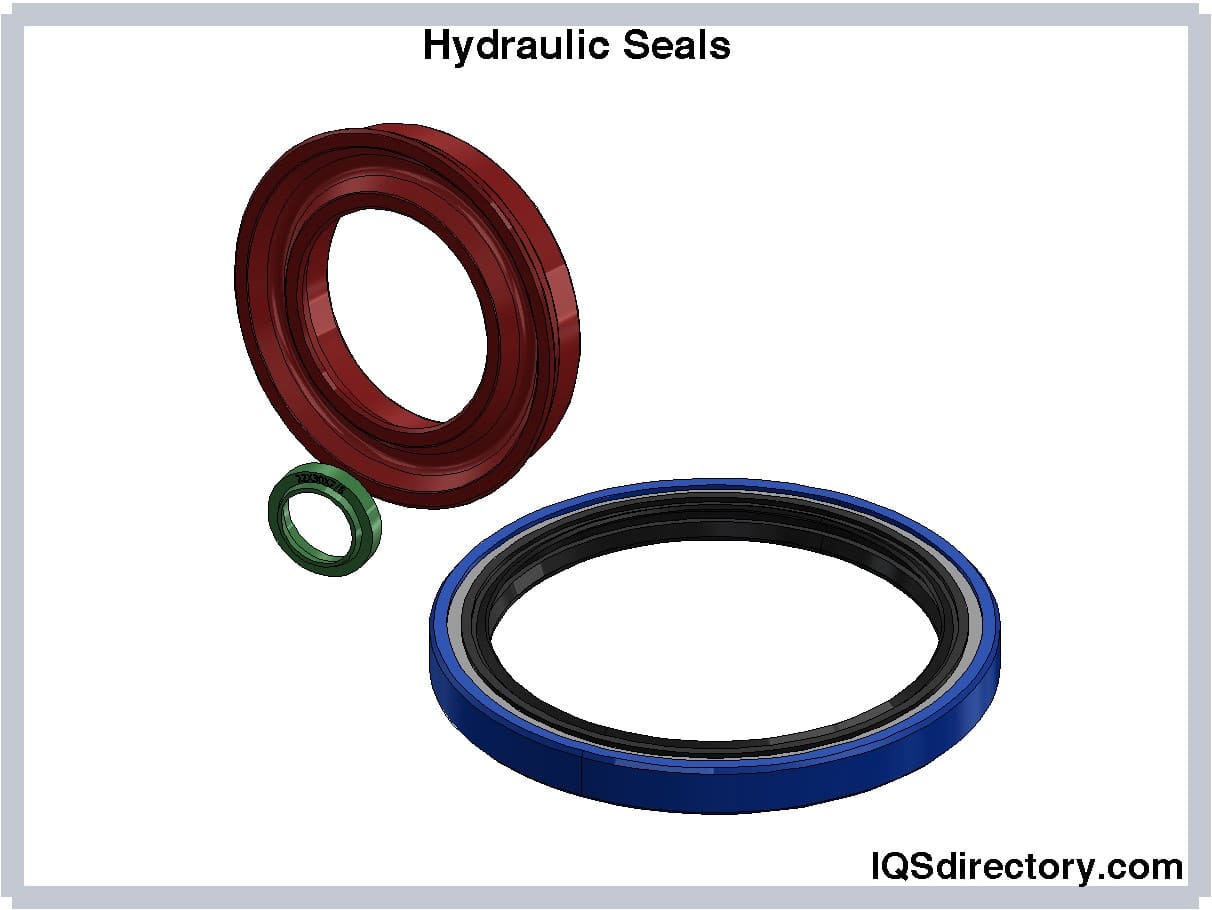
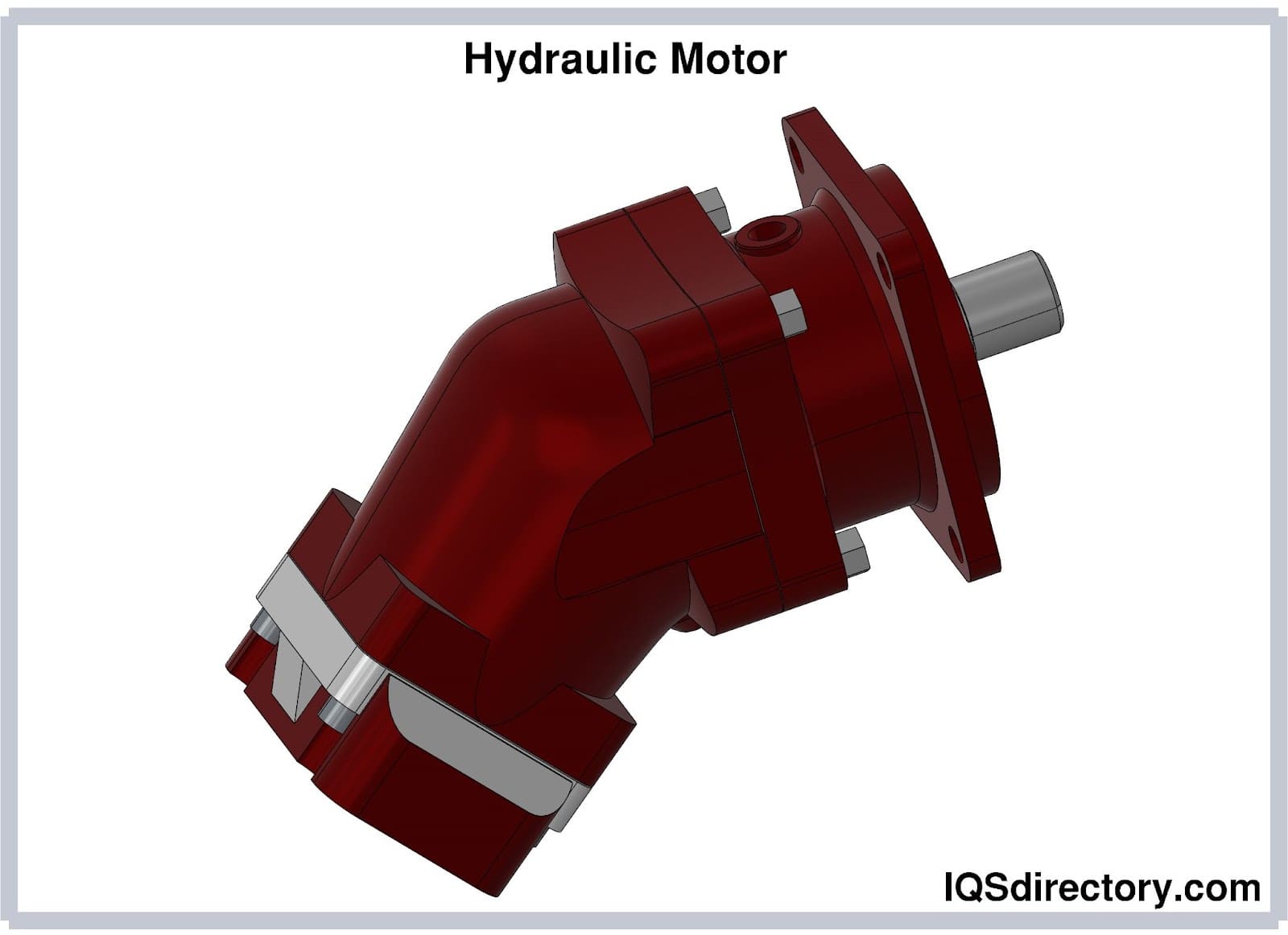
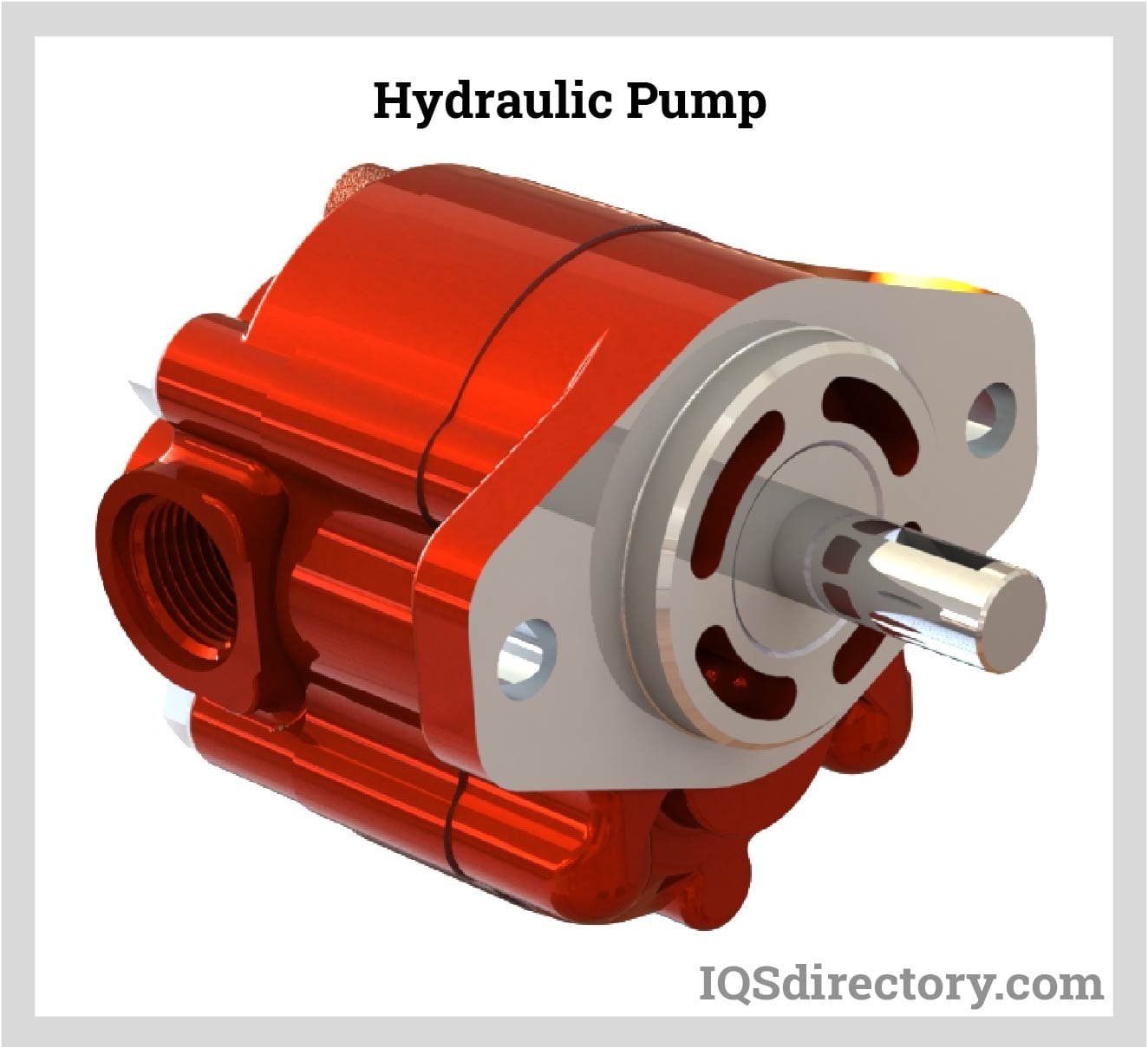
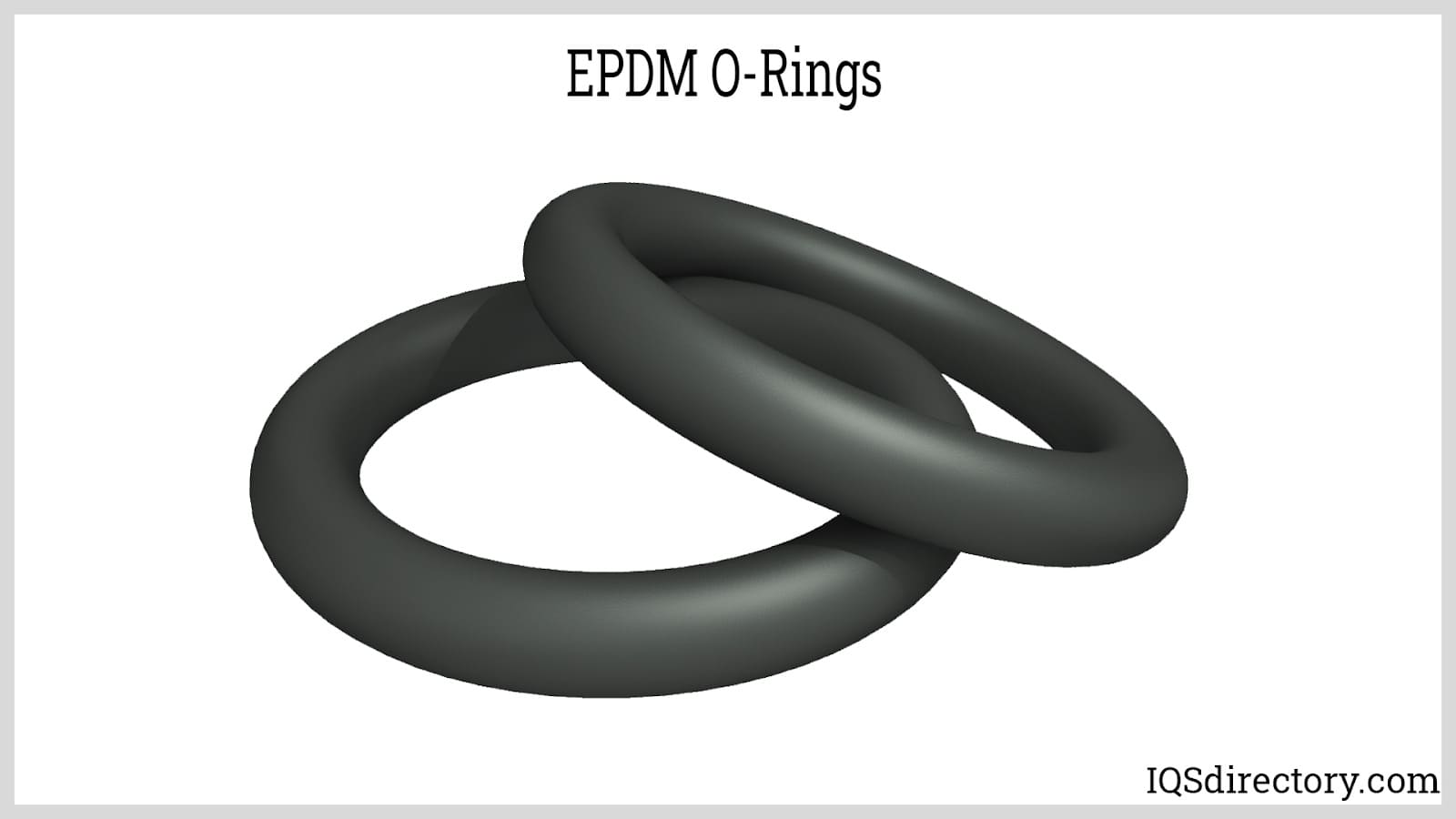
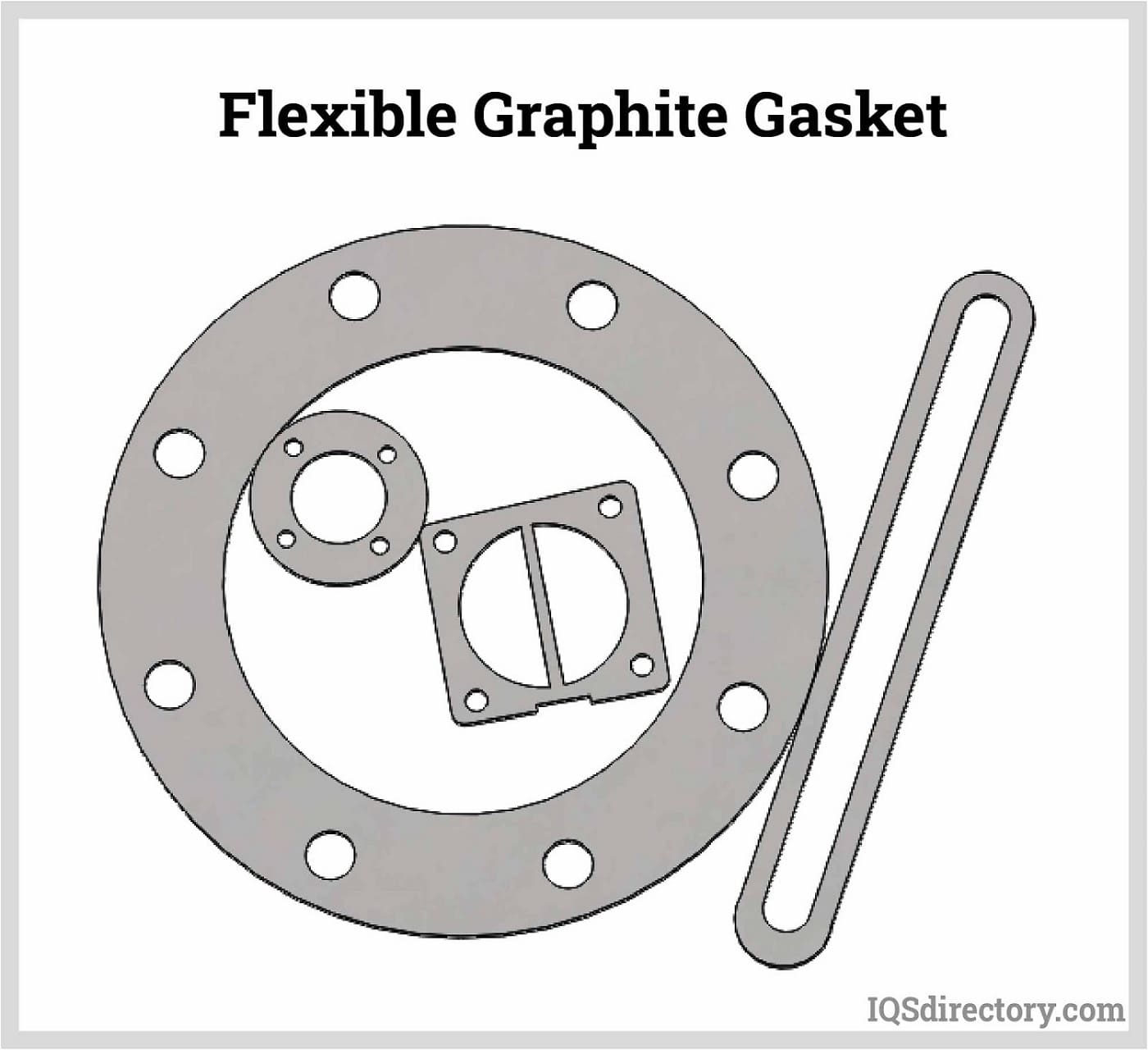
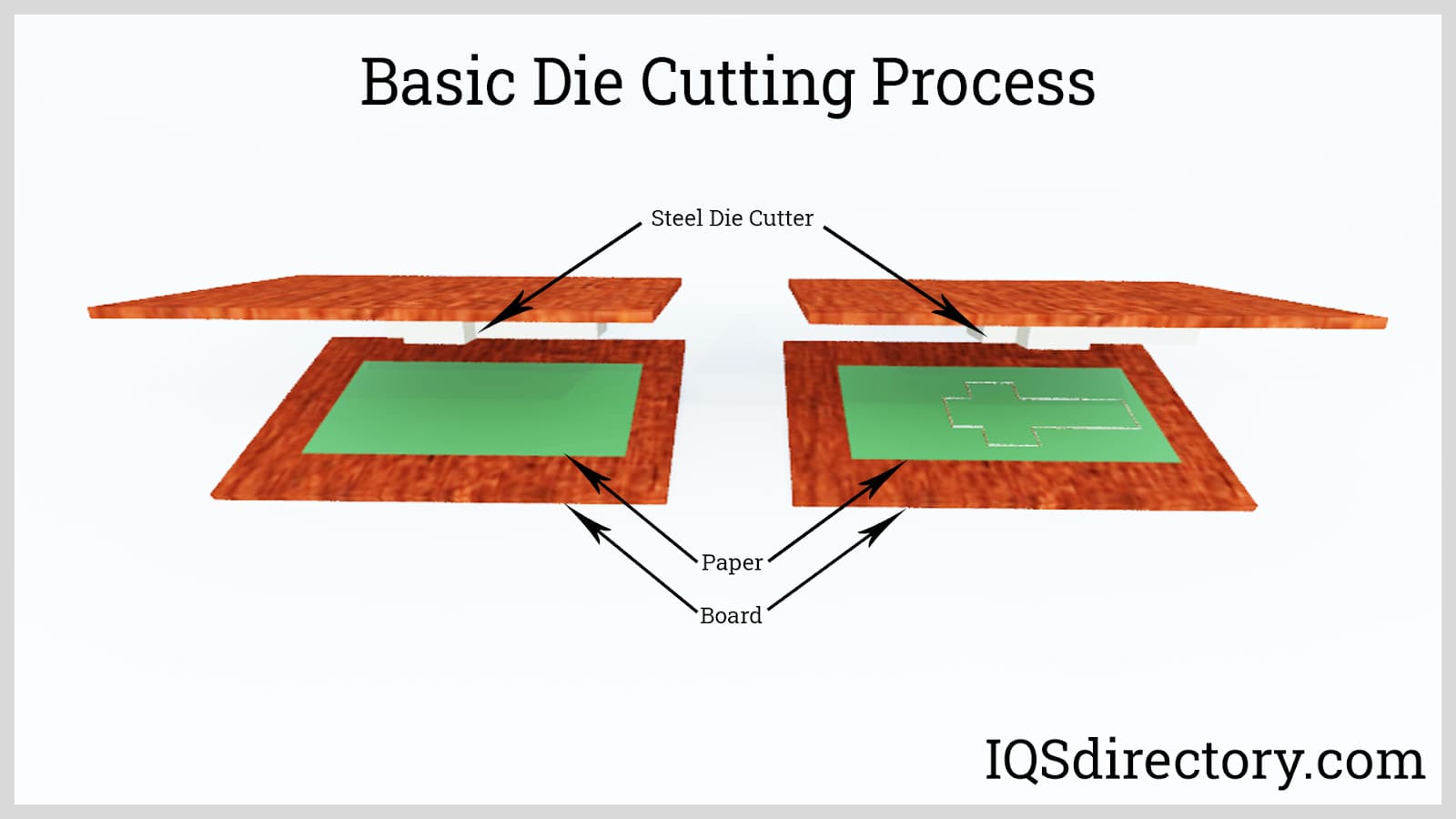
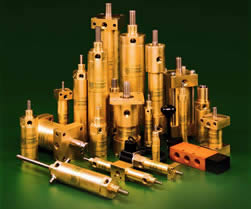 Hydraulic Cylinders
Hydraulic Cylinders Hydraulic Lifts
Hydraulic Lifts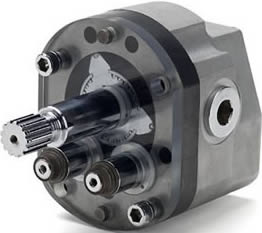 Hydraulic Motors
Hydraulic Motors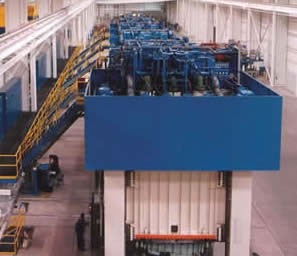 Hydraulic Presses
Hydraulic Presses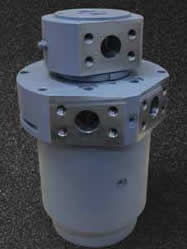 Hydraulic Pumps
Hydraulic Pumps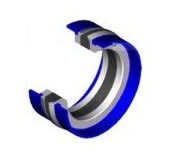 Hydraulic Seals
Hydraulic Seals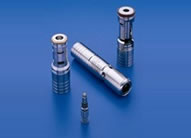 Hydraulic Valves
Hydraulic Valves Castings & Forgings
Castings & Forgings Bulk Material Handling
Bulk Material Handling Electrical & Electronic Components
Electrical & Electronic Components Flow Instrumentation
Flow Instrumentation Hardware
Hardware Material Handling Equipment
Material Handling Equipment Metal Cutting Services
Metal Cutting Services Metal Forming Services
Metal Forming Services Metal Suppliers
Metal Suppliers Motion Control Products
Motion Control Products Plant & Facility Equipment
Plant & Facility Equipment Plant & Facility Supplies
Plant & Facility Supplies Plastic Molding Processes
Plastic Molding Processes Pumps & Valves
Pumps & Valves Recycling Equipment
Recycling Equipment Rubber Products & Services
Rubber Products & Services